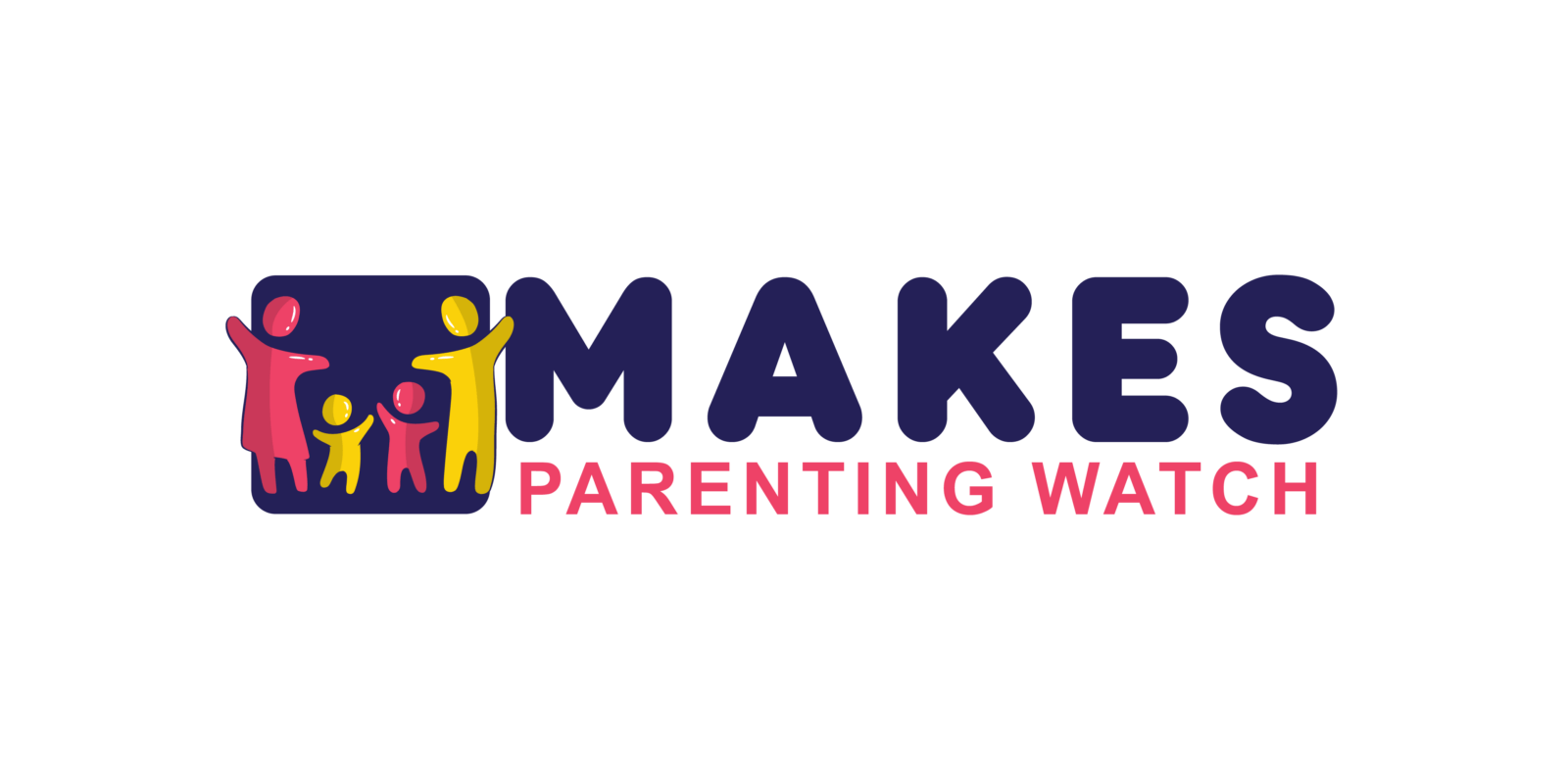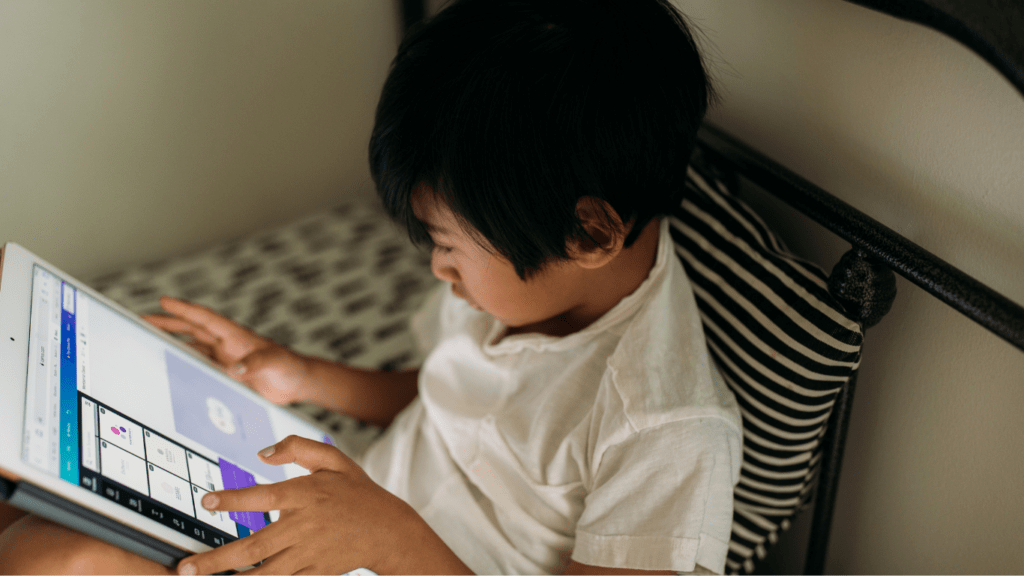Getting kids engaged in their own education isn’t always easy, but with the right strategies, it’s possible—and fun. That’s where solid active learning advice fparentips comes in. Designed to help parents turn everyday moments into valuable lessons, this active learning advice fparentips guide highlights practical approaches to keep children thinking, doing, and discovering wherever they are.
What Is Active Learning?
Active learning is exactly what it sounds like—learning that requires doing. Instead of passively receiving information (like listening to a lecture or watching a video), kids engage hands-on through questioning, experimenting, building, discussing, and reflecting. It deepens understanding and boosts memory because kids aren’t just told—they interact and respond.
This method works across all ages and subjects. Whether it’s math, reading, science, or art, active learning puts the child in the driver’s seat… with you navigating alongside.
Why It Matters for Your Child
Research consistently shows that active learning leads to better engagement, improved retention, and stronger critical thinking. Kids who actively learn are more likely to:
- Stay curious and motivated.
- Understand complex ideas over time.
- Make connections between what they learn and their own experiences.
- Develop a love for learning that carries beyond school.
Beyond academic success, active learners develop confidence. They don’t just recall facts—they know how to learn. That’s a powerful skill in a world that constantly changes.
Key Strategies for Parents
Helping your child become an active learner doesn’t require a master’s degree in education. Here are some direct, doable methods every parent can start using now.
1. Ask Open-Ended Questions
Instead of asking, “What did you do at school today?” try:
- “What part of your day made you think the most?”
- “Can you show me how you did that problem?”
- “Why do you think that experiment worked?”
These questions invite conversation and help children reflect—an essential part of active learning.
2. Go Beyond the Assignment
If your child is learning about ecosystems, build one in a jar. Reading about ancient Egypt? Check out an online museum exhibit. When you transform lessons into tangible projects, kids gain deeper context and memory anchors.
3. Promote Learning Through Play
Play isn’t just fun—it’s powerful. Games that involve building, strategy, storytelling, or problem-solving are excellent tools. Board games, puzzles, creative play, and role-play scenarios all require kids to think and adapt actively.
4. Encourage Independent Thought
Encourage your child to form opinions and back them up. If they disagree with a character in a book or don’t understand a rule in a game, ask them to explain why. Help them build the habit of thinking for themselves.
5. Let Mistakes Be Part of the Process
Active learning isn’t about perfection—it’s about progress. When mistakes happen, resist the urge to fix everything. Instead, ask: “What did you learn from that?” or “What would you try differently next time?” Kids gain resilience and start seeing challenges as steps forward.
Create a Learning-Friendly Home
You don’t need fancy gadgets or a massive bookshelf to create a space ready for learning. A few simple shifts make all the difference:
- Set up a “maker zone” with basic supplies—paper, glue, recycled items, string, markers.
- Make room for quiet thinking and problem-solving.
- Keep things accessible so kids can pursue interests independently.
Where possible, involve your kids in organizing their space—ownership fuels engagement.
Mix Learning Into Daily Routines
One of the strongest benefits of using consistent active learning advice fparentips is realizing learning can happen anytime.
- Grocery shopping: Estimate weights, calculate discounts, or read nutrition facts.
- Cooking: Following a recipe blends reading, math, science, and sequencing.
- Commutes: Talk about what you see, quiz each other, or brainstorm alternative routes.
When kids recognize that learning isn’t limited to a desk, it broadens their curiosity across everyday tasks.
Monitor Progress—Together
Active learning isn’t always tidy. Progress is often invisible until a child shows what they can do in context. Set aside regular times to talk about learning as a team. You might ask:
- What did you really enjoy learning this week?
- Where did you feel stuck and how did you move forward?
- What would you like to learn next?
Celebrate the process, not just the outcome. A learning mindset grows stronger with reflection and support.
Tech Tools (But Use Them Wisely)
Technology can either distract or empower. Choose tools that encourage interaction instead of passive watching. Apps for coding, design, language learning, or problem-solving can reinforce the core ideas of active learning when used intentionally.
Limit screen time, especially content that doesn’t require a child to think or respond. If it’s not engaging their brain actively, it’s not active learning.
Bringing It All Together
Here’s the key truth: parents don’t have to be teachers—they just need to be partners. Using active learning advice fparentips means working with your child to explore interests, tackle problems, and grow together. That might look like building a fort, researching how cars work, or asking thoughtful questions over dinner.
Build the habit of active learning a little each day. Make space for questions, encourage creativity, and let your child take the lead. As children begin to see themselves as capable learners, their confidence and independence blossom across every area of life.
Final Thoughts
There’s no perfect formula—but staying tuned into your child’s learning sparks is the best guide you’ll ever need. Use tools like solid active learning advice fparentips to help your child thrive now and long into the future. With a bit of strategy and a whole lot of encouragement, you’re not just supporting academics—you’re shaping a lifelong learner.


 Editheena Kees – Health and Wellness Specialist Editheena Kees is a dedicated Health and Wellness Specialist at Makes Parenting Watch, where she combines her expertise in pediatric health, nutrition, and mental wellness to offer parents comprehensive support for raising healthy children. With a background in public health and family nutrition counseling, Editheena understands the importance of a balanced approach to both physical and mental well-being. She writes extensively on topics such as healthy eating habits for children, strategies for managing parental stress, and the importance of self-care for new parents. Editheena also emphasizes the significance of fostering healthy emotional development in children, offering tips on building resilience and maintaining strong family connections. Her holistic approach ensures that families are equipped not just to survive the challenges of parenting, but to thrive. In addition to her writing, Editheena collaborates with healthcare professionals to provide readers with the latest research and recommendations in child health.
Editheena Kees – Health and Wellness Specialist Editheena Kees is a dedicated Health and Wellness Specialist at Makes Parenting Watch, where she combines her expertise in pediatric health, nutrition, and mental wellness to offer parents comprehensive support for raising healthy children. With a background in public health and family nutrition counseling, Editheena understands the importance of a balanced approach to both physical and mental well-being. She writes extensively on topics such as healthy eating habits for children, strategies for managing parental stress, and the importance of self-care for new parents. Editheena also emphasizes the significance of fostering healthy emotional development in children, offering tips on building resilience and maintaining strong family connections. Her holistic approach ensures that families are equipped not just to survive the challenges of parenting, but to thrive. In addition to her writing, Editheena collaborates with healthcare professionals to provide readers with the latest research and recommendations in child health.
